Restorative Yoga…Methods for Recovery and Health Maintenance
Restorative Yoga…Methods for Recovery and Health Maintenance
By Laura Jones-Miller
Yoga can be a useful method to help relieve some symptoms of chronic diseases such as HIV, Hep C, cancer and chemo treatments, arthritis, recovery for illness, and the aches and pains of aging. Yoga is a wonderful tool and can assist in finding increased relaxation, improved sleep, physical fitness. For most…it will enhance the quality of life. People who practice yoga claim it leads to a state of physical health, relaxation, happiness, peace, and tranquility.
Yoga is a “complete body” system of health…including a sense of well being, fitness, and personal awareness and growth. It is a way of life that combines ethical standards, dietary guidelines, physical movements, and meditation to create a union of mind, body, and spirit. Yoga cultivates prana (breath), which feeds ones vital energy or life force. This is why you feel a sense of euphoria after practice a moving meditation. When you are focused and present in your yoga practice that you are also practicing a form of meditation…or, “Moving Meditation”. This allows for a calmness even when the body is feeling taxed. You will also experience a lovely feeling of peace and inner awareness when the practice is done.
Samadhi
The goal of yoga is perfect concentration to attain Samadhi — pure awareness without mental distractions. Hatha yoga uses power of body, breath control, withdrawal of senses, attention, concentration, and meditation to attain Samadhi. The 3 most commonly used aspects of yoga today include the postures of hatha yoga (called asanas), the breathing techniques of pranayama, and meditation. My next post will further examine pranayama…yoga breathing techniques.
What Does The Reseach Say?
Research has shown that yoga can be used to control actual physical functions such as blood pressure, heart rate, breathing, metabolism, body temperature, and mental state. This can result in improved physical fitness, lower levels of stress, and increased feelings of relaxation and well being. Yoga engages the student in the healing process. When a person plays an active role in their journey toward health, the healing comes from within, instead of from an outside source and a greater sense of power is achieved. This increases a positive mind state which is crucial to healing. When one has a positive state of mind healing happens more quickly. The student becomes his/her own healer.
Restorative Postures and Modifications
To Begin: Create a space. Set aside at least 20 minutes and choose a place to practice where you’ll be warm and uninterrupted. Encourage a soothing and natural rhythm in your breath.
Important Note: Hold each of these poses (or each side of a pose) for 1 to 5 minutes (longer if it feels good to you).
Twist
From Dandasana (Staff Pose), take your right foot to your left inner thigh and your left foot behind you. Put a folded blanket under your right sitting bone to balance your pelvis if your left hip lifts up. Keep the fronts of your ankles open. Twist your torso to the right, turn your head to the left, and breathe freely. Release the twist, switch legs, and repeat on the other side.
From Dandasana (Staff Pose), take your right foot to your left inner thigh and your left foot behind you. Put a folded blanket under your right sitting bone to balance your pelvis if your left hip lifts up. Keep the fronts of your ankles open. Twist your torso to the right, turn your head to the left, and breathe freely. Release the twist, switch legs, and repeat on the other side.
Supported Chest Opener
Sit with your knees bent, feet hip distance apart, and lie back. Feel your spine, shoulders, and neck completely relaxed. Lift your arms overhead, clasp your elbows, and rest your forearms on the floor behind you. If your shoulders feel strained, open your arms out to the sides. To release, roll to one side and come up to a seated position.
Sit with your knees bent, feet hip distance apart, and lie back. Feel your spine, shoulders, and neck completely relaxed. Lift your arms overhead, clasp your elbows, and rest your forearms on the floor behind you. If your shoulders feel strained, open your arms out to the sides. To release, roll to one side and come up to a seated position.
Supported Reclining Butterfly
Sit in front of the folded blanket or pillow, with your feet hip width apart, knees bent and in front of you. Lie back, letting your knees open naturally. Release your arms by your sides. Add folded blankets to the bolster to relieve any discomfort in your lower back. To come up, press your hands into the floor and lift up to a seated position.
Sit in front of the folded blanket or pillow, with your feet hip width apart, knees bent and in front of you. Lie back, letting your knees open naturally. Release your arms by your sides. Add folded blankets to the bolster to relieve any discomfort in your lower back. To come up, press your hands into the floor and lift up to a seated position.
Ankle-to-Knee Pose
Take a simple cross legged position. Put your right ankle on your left knee and shift your left foot forward under your right knee, stacking both shins like two logs. (If this is too intense, go back to a simple cross legged position.) To move into a deeper stretch in your outer hips and inner thighs, slowly fold forward. Let your breath move freely; then release and switch sides.
Take a simple cross legged position. Put your right ankle on your left knee and shift your left foot forward under your right knee, stacking both shins like two logs. (If this is too intense, go back to a simple cross legged position.) To move into a deeper stretch in your outer hips and inner thighs, slowly fold forward. Let your breath move freely; then release and switch sides.
Downward-Facing Dog Pose
Downward-Facing Dog is a restorative pose just as it is. Feel free to keep a bend in the knees if straightening them causes stress.
Downward-Facing Dog is a restorative pose just as it is. Feel free to keep a bend in the knees if straightening them causes stress.
Standing Forward Bend
From Down Dog, step your right foot forward between your hands and pivot on your feet into a wide straddle, with your feet slightly pigeon-toed. Let the crown of your head swing free. Lift your belly toward your spine and soften the backs of your legs. Relax your shoulders and arms and allow your abdominal organs to receive an internal massage from the forward fold. To release, pivot on your heels, walk your torso back over your right leg, and step back to Down Dog.
From Down Dog, step your right foot forward between your hands and pivot on your feet into a wide straddle, with your feet slightly pigeon-toed. Let the crown of your head swing free. Lift your belly toward your spine and soften the backs of your legs. Relax your shoulders and arms and allow your abdominal organs to receive an internal massage from the forward fold. To release, pivot on your heels, walk your torso back over your right leg, and step back to Down Dog.
Downward-Facing Dog Pose, variation
Step your left foot behind and to the outside of your right foot. Bend your right knee and lift your right heel as you twist to the left, reaching your left heel toward the floor. Extend your left fingertips toward the front left corner of your mat, lifting your palm to increase the stretch. Release the twist and take the second side.
Step your left foot behind and to the outside of your right foot. Bend your right knee and lift your right heel as you twist to the left, reaching your left heel toward the floor. Extend your left fingertips toward the front left corner of your mat, lifting your palm to increase the stretch. Release the twist and take the second side.
Child’s Pose
Sit on your heels with your knees wide. Fold forward with a rounded spine. Rest your forehead, right, then left cheek, or your sandwiched hands, as a head rest on the floor…depending on your level of flexibility. Let the shape of the pose gently stretch your lower back. First do wide knees…then knees together.
Sit on your heels with your knees wide. Fold forward with a rounded spine. Rest your forehead, right, then left cheek, or your sandwiched hands, as a head rest on the floor…depending on your level of flexibility. Let the shape of the pose gently stretch your lower back. First do wide knees…then knees together.
Corpse Pose
Lie on your back . Let your legs and feet fall to the sides naturally and relax your entire body. Soften your eyes, ears, nose, tongue, and even your skin, letting the organs of perception dissolve. Listen to your breath and bring your awareness inward. Release completely into resting for 5 to 10 minutes.
Lie on your back . Let your legs and feet fall to the sides naturally and relax your entire body. Soften your eyes, ears, nose, tongue, and even your skin, letting the organs of perception dissolve. Listen to your breath and bring your awareness inward. Release completely into resting for 5 to 10 minutes.
Final Meditation
To Finish: Take a comfortable seat and recognize the feeling of attentive calm. Remember this feeling, so you can come back to it again, throughout the day.
To Finish: Take a comfortable seat and recognize the feeling of attentive calm. Remember this feeling, so you can come back to it again, throughout the day.
This series of postures can be used alone or can be used as a warm-up before participating in a class. You can repeat this sequence if you are feeling up it. If you are recovering from an injury or illness, please be gentle with yourself.
Love, light, and happiness, xoxox, L
Love, light, and happiness, xoxox, L
Related Posts:
1 Comment
Leave a Comment
You must be logged in to post a comment.

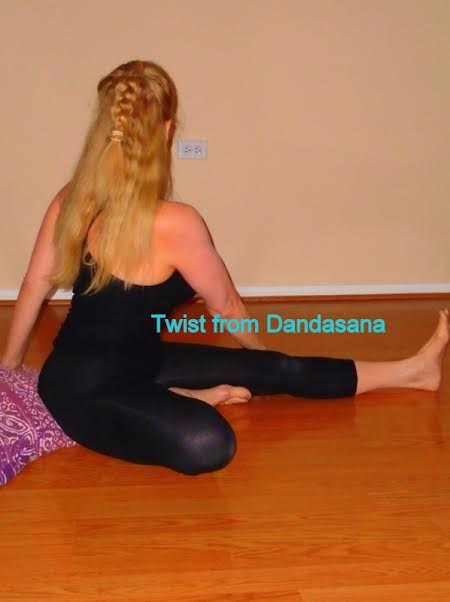
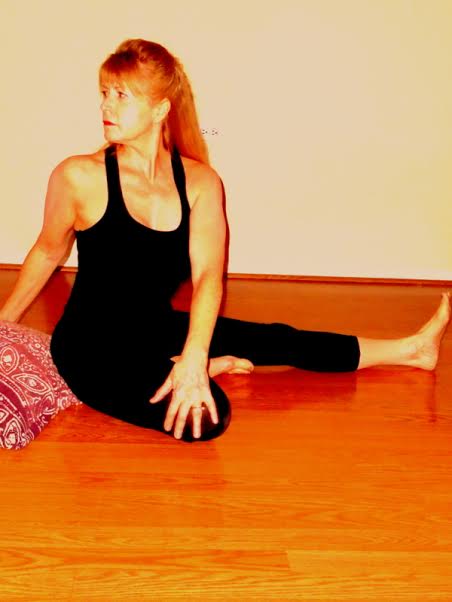
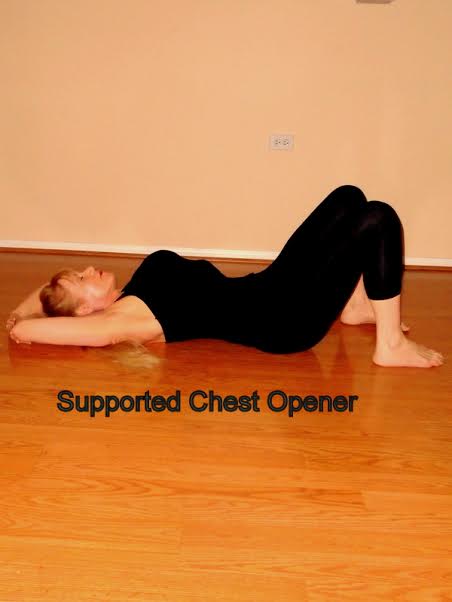

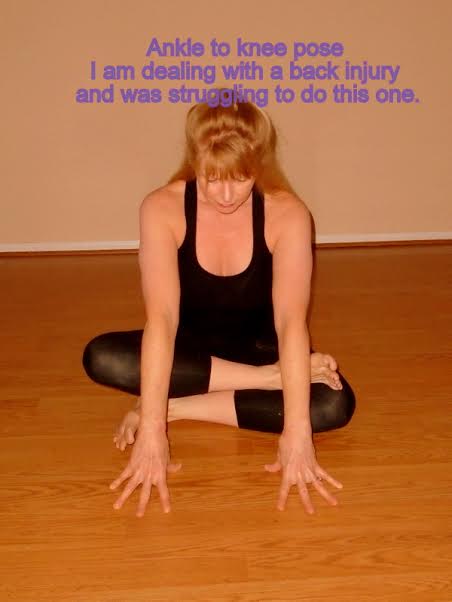
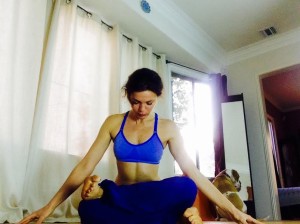
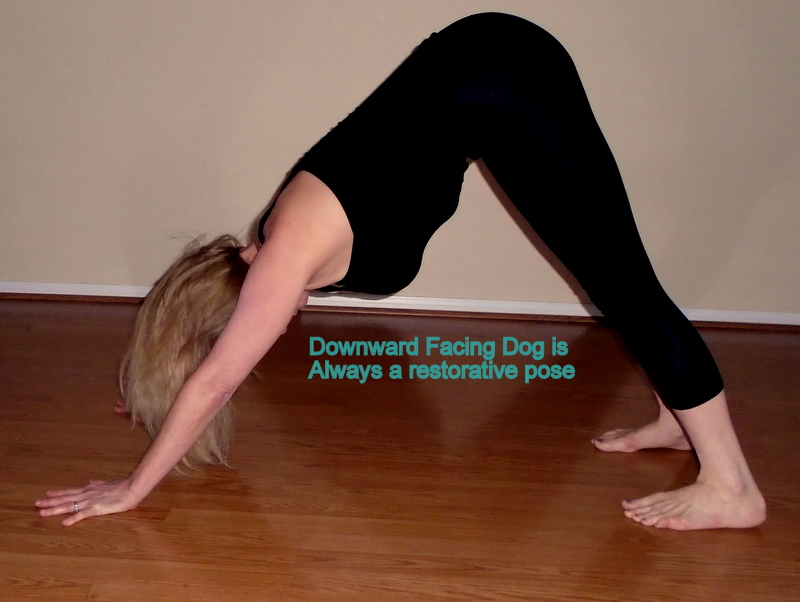
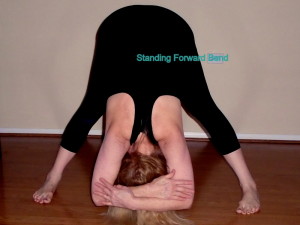

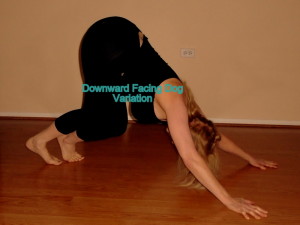
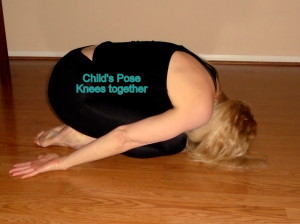
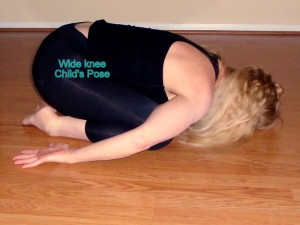
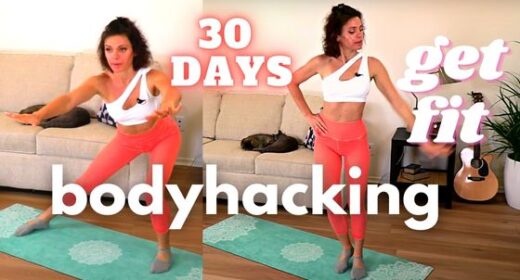
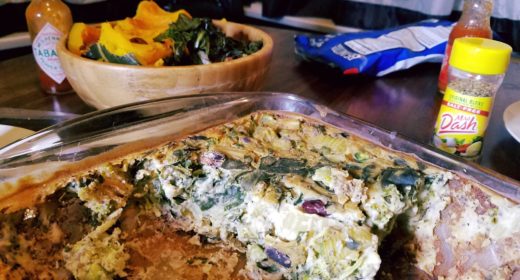
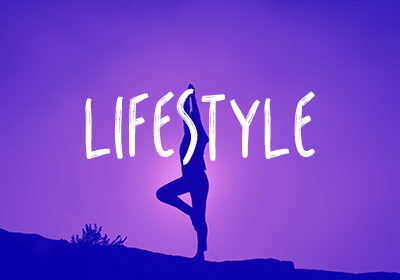





Thank you Laura! Very well explained as usual. The pictures are very clear and show how fit you are. Great inspiration!